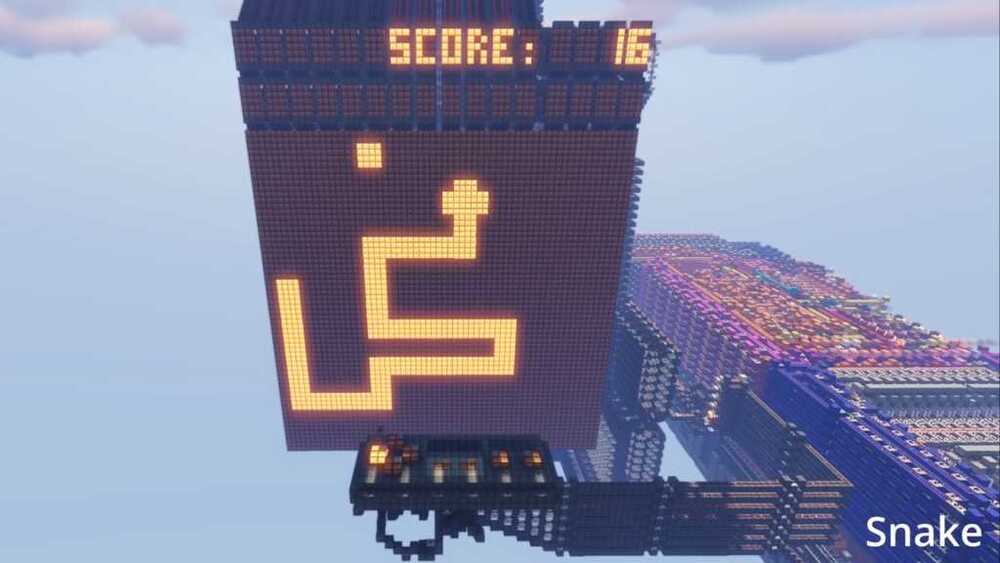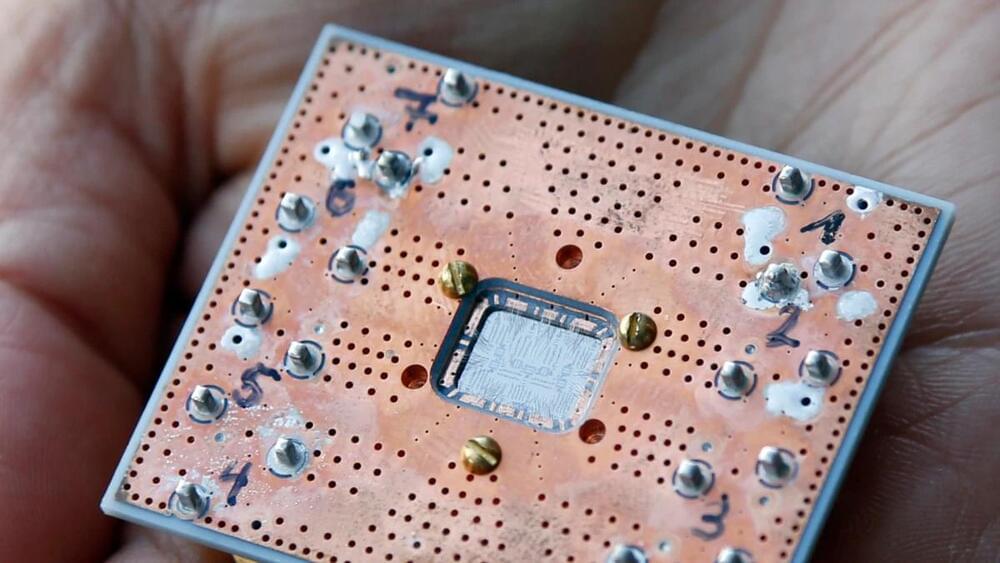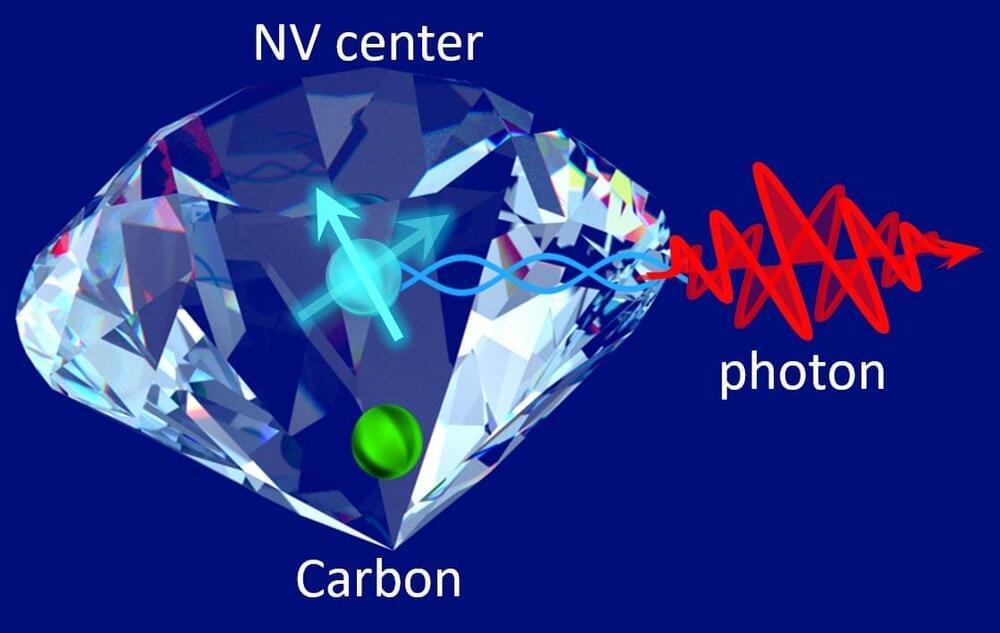The months-long project demonstrates the physics behind the CPUs we take for granted.
Computer chips have become so tiny and complex that it’s sometimes hard to remember that there are real physical principles behind them. They aren’t just a bunch of ever-increasing numbers. For a practical (well, virtual) example, check out the latest version of a computer processor built exclusively inside the Minecraft game engine.
Minecraft builder “Sammyuri” spent seven months building what they call the Chungus 2, an enormously complex computer processor that exists virtually inside the Minecraft game engine. This project isn’t the first time a computer processor has been virtually rebuilt inside Minecraft, but the Chungus 2 (Computation Humongous Unconventional Number and Graphics Unit) might very well be the largest and most complex, simulating an 8-bit processor with a one hertz clock speed and 256 bytes of RAM.
Minecraft processors use the physics engine of the game to recreate the structure of real processors on a macro scale, with materials including redstone dust, torches, repeaters, pistons, levers, and other simple machines. For a little perspective, each “block” inside the game is one virtual meter on each side, so recreating this build in the real world would make it approximately the size of a skyscraper or cruise ship.









